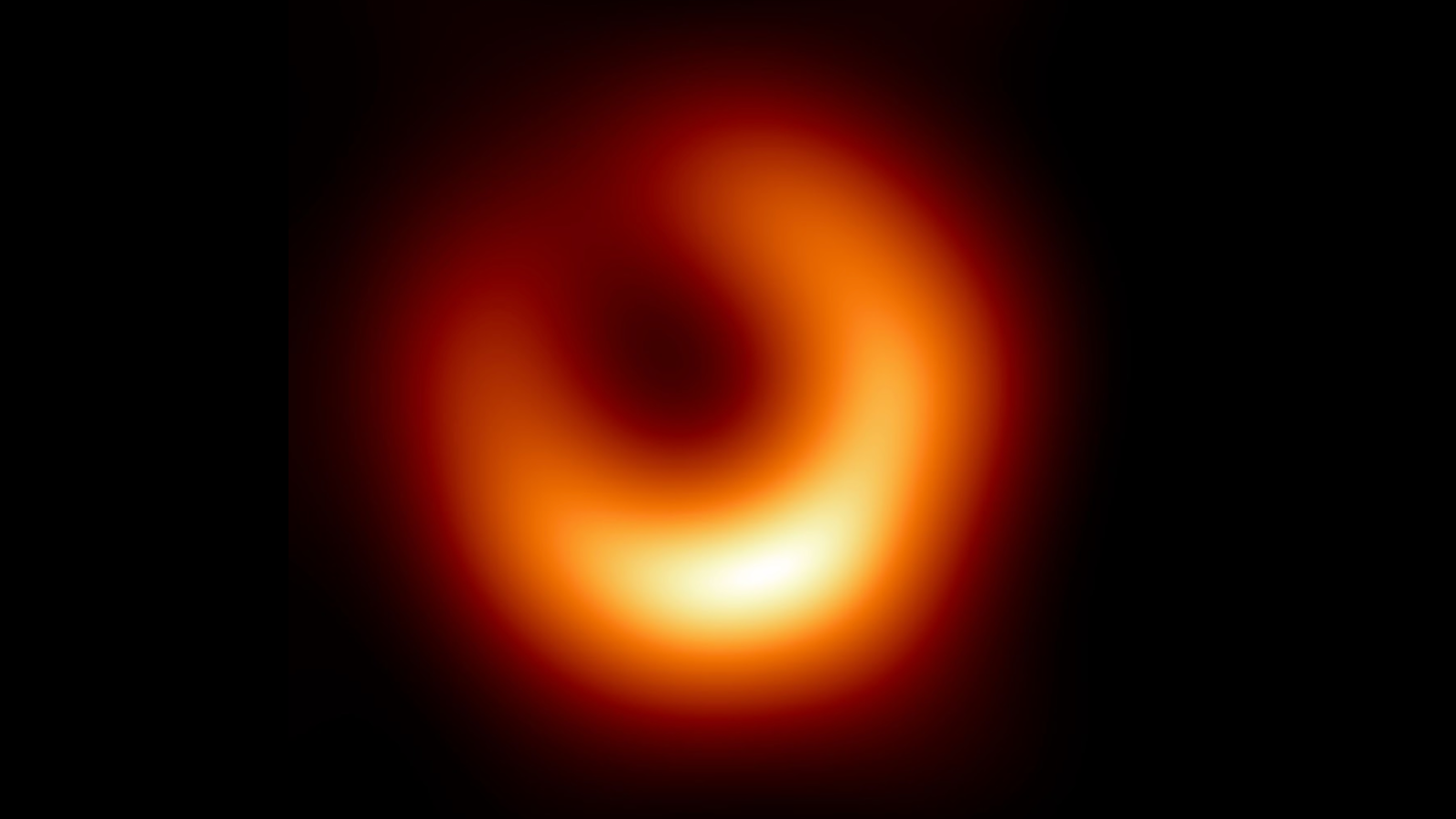
(Image credit: EHT Collaboration)
Future technology could one day allow a miniature, laser-propelled spacecraft — no heavier than a paperclip — to travel to a nearby black hole, according to a bold new proposal published on Thursday (Aug. 7).
The ambitious mission would aim to test the limits of Albert Einstein’s theory of general relativity in one of the universe’s most extreme environments. It may sound like the plot of a sci-fi novel, but to cosmologist Cosimo Bambi, this idea is rooted in real physics — and could be achievable within our lifetime.
“It may sound really crazy, and in a sense closer to science fiction,” Bambi, who is a researcher in the department of physics at Fudan University in China, said in a statement. “But people said we’d never detect gravitational waves because they’re too weak. We did—100 years later. People thought we’d never observe the shadows of black holes,” he added. “Now, 50 years later, we have images of two.”
“The possibility of an interstellar mission to study a black hole is not completely unrealistic, even if it is certainly very speculative and extremely challenging,” he wrote in a paper about the idea.The plan calls for launching one or more tiny spacecraft, called “nanocrafts,” to orbit a nearby black hole. Each gram-scale probe would be outfitted with sensors and a light sail, then propelled to nearly a third the speed of light using powerful ground-based lasers.
At that speed, a nanocraft could reach a black hole located 20 to 25 light-years away in about 60 to 75 years, the study estimates. The data it collects would take another 20 to 25 years to reach Earth, putting the total mission duration at nearly a century.
One of the key goals would be to determine whether black holes truly possess event horizons, the invisible boundaries beyond which nothing — not even light — can escape. General relativity predicts the existence of these phenomena, but they’ve never been directly confirmed.
In the proposed mission, one nanocraft would observe another as it plunges toward the black hole. If an event horizon exists, the falling probe’s signal should gradually redshift and fade, consistent with Einstein’s predictions. But if the black hole is instead a “fuzzball” — a theoretical object without an event horizon, proposed by some alternative models — the signal could vanish more abruptly, potentially pointing to new physics.
“We would be able to obtain very valuable information about black holes and general relativity that might be difficult to obtain in other ways,” Bambi wrote in the paper.
The mission would require two major advances: the discovery of a sufficiently close black hole, and the development of laser propulsion systems and miniature spacecraft capable of surviving interstellar travel. While the closest known black hole, Gaia BH1, is a little over 1,500 light-years from Earth, stellar evolution models suggest an as-yet-undetected one could lie just 20 to 25 light-years from Earth, the new study notes.
“I think it’s reasonable to expect we could find a nearby one within the next decade,” Bambi said in the statement.
Today, building the necessary laser array would cost around $1.1 trillion, far beyond the reach of current science budgets. But if trends in technology continue, Bambi estimates that cost could fall to around one billion euros within 30 years, putting it on par with current flagship space missions.
“We don’t have the technology now,” Bambi said in the statement. “But in 20 or 30 years, we might.”
“If there exists a black hole within 20–25 light-years of Earth and we find a way to discover it, it is probably only an issue of time to reach the technology necessary to send a probe to the object,” he wrote in the paper.
The paper was published on Thursday (Aug. 7) in the journal iScience.
Join our Space Forums to keep talking space on the latest missions, night sky and more! And if you have a news tip, correction or comment, let us know at: community@space.com.


